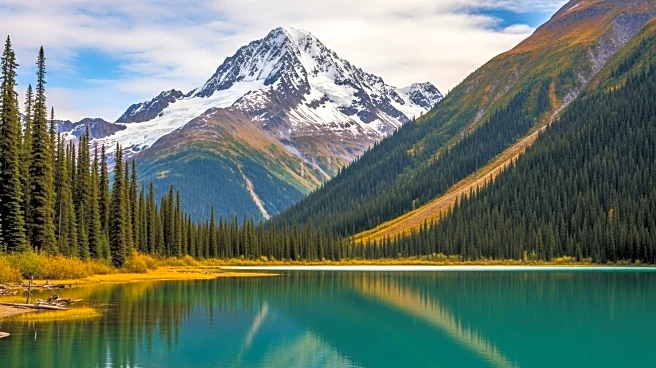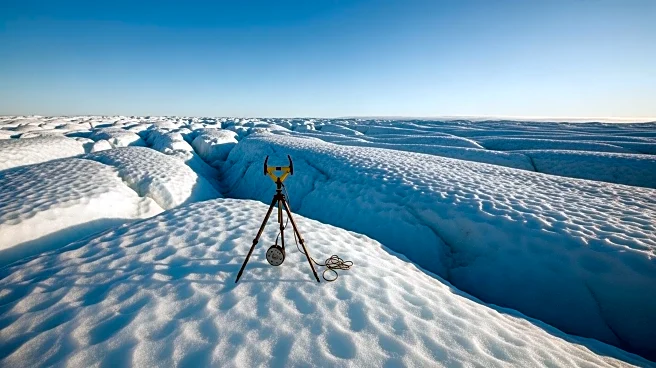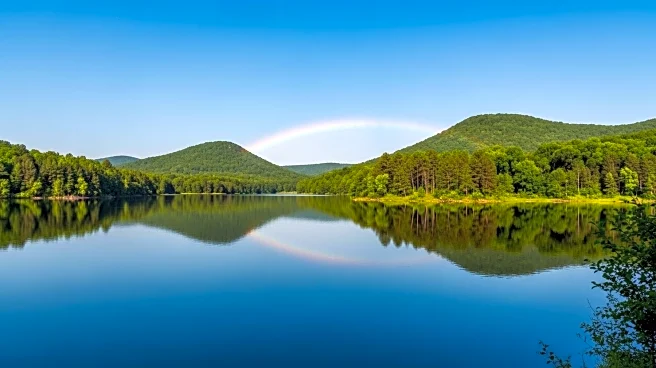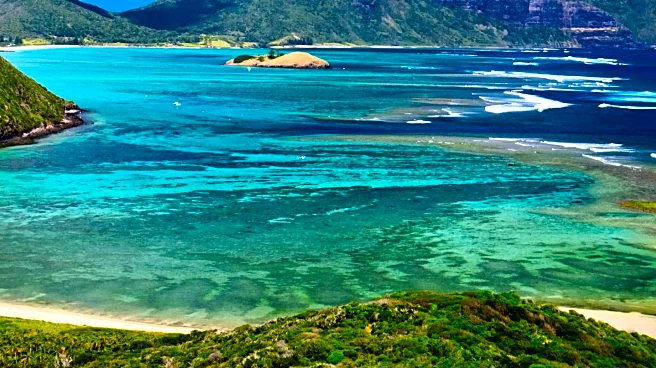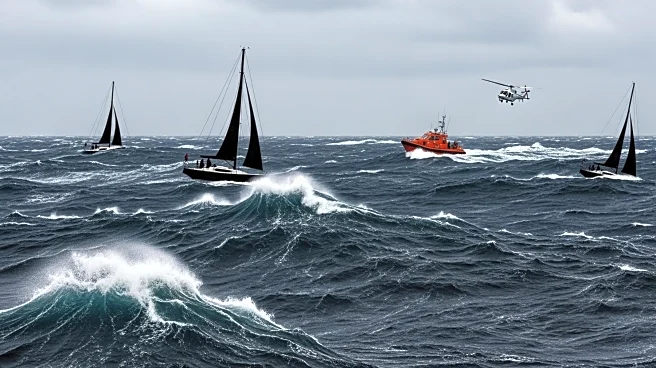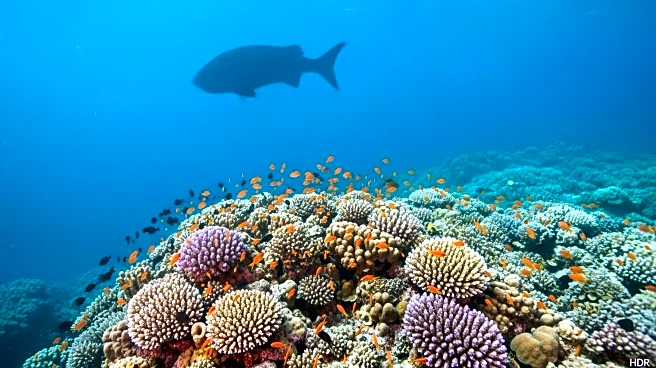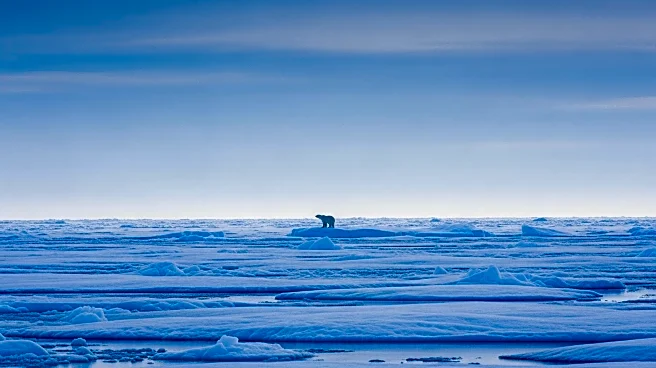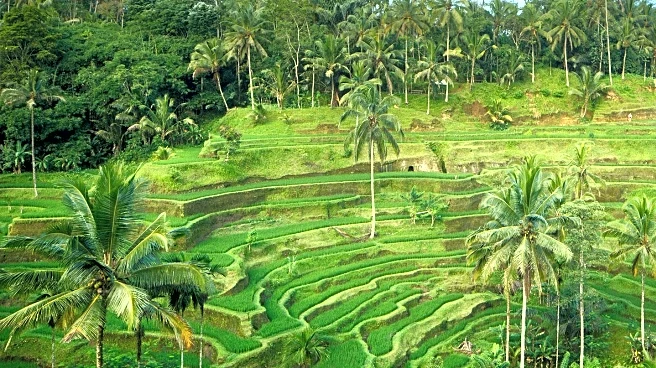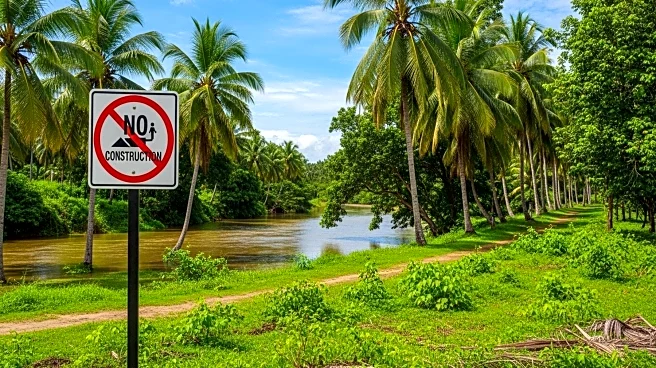What is the story about?
Alaska's unique ecology is characterized by its diverse habitats, rich biodiversity, and the challenges of conservation in a changing climate. The state's vast wilderness areas provide critical habitats for a wide range of species, making it a focal point for ecological research and conservation efforts.
Habitat or Environment
Alaska's environment is incredibly diverse, ranging from the Arctic tundra to temperate rainforests. The state's vast wilderness areas include national parks, wildlife refuges, and marine sanctuaries, providing habitats for species such as bears, moose, caribou, and a variety of marine life. The state's unique geography and climate create distinct ecological zones, each with its own set of challenges and opportunities for conservation.Interactions and Dependencies
The interactions and dependencies within Alaska's ecosystems are complex, with species relying on each other and their environments for survival. The state's marine ecosystems, for example, are home to a rich diversity of species, including fish, marine mammals, and seabirds, all of which are interconnected through food webs and ecological processes. Understanding these interactions is crucial for effective conservation and management efforts.Conservation or Status
Conservation efforts in Alaska are focused on preserving the state's unique ecosystems and biodiversity. This includes protecting critical habitats, managing wildlife populations, and addressing the impacts of climate change. Alaska's national parks and wildlife refuges play a key role in conservation, providing protected areas for research and recreation. Additionally, indigenous communities are actively involved in conservation efforts, drawing on traditional knowledge and practices to manage natural resources sustainably.Human Impacts
Human activities have a significant impact on Alaska's ecology, from resource extraction to tourism and recreation. The state's economy is heavily reliant on industries such as oil, gas, and fishing, which can have both positive and negative effects on the environment. Balancing economic development with environmental protection is a key challenge for Alaska, requiring careful management and collaboration between government, industry, and local communities.AI Generated Content
Do you find this article useful?
